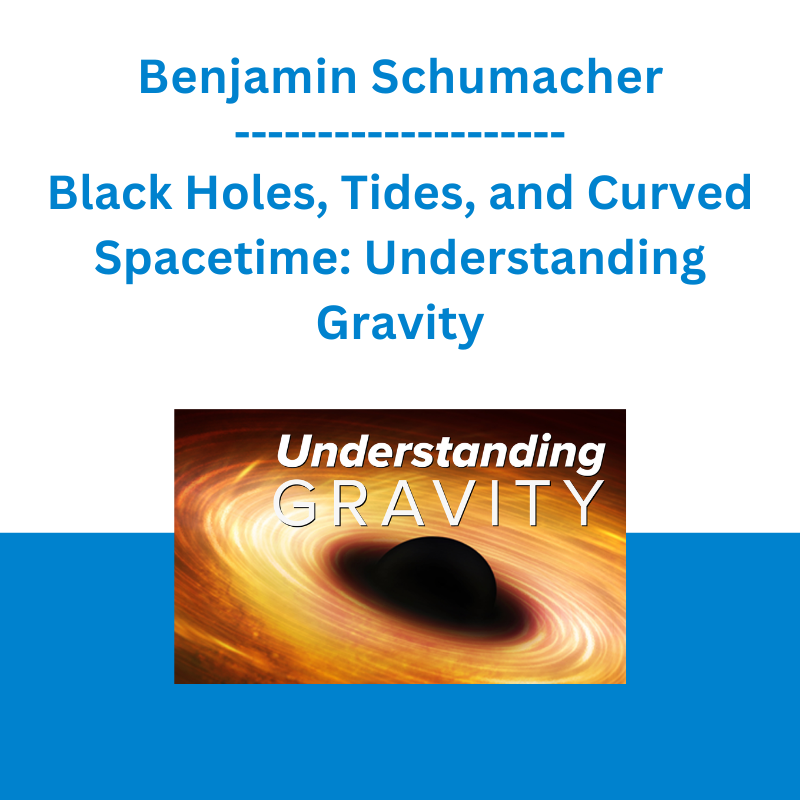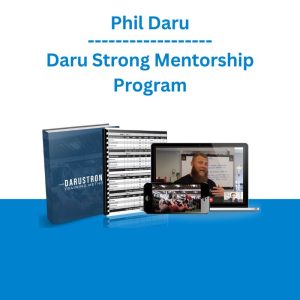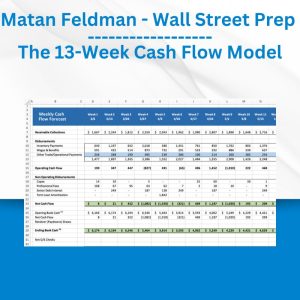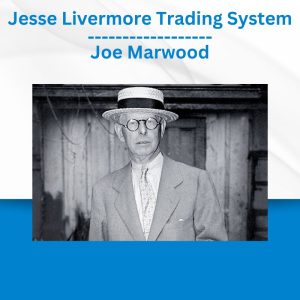*** Proof of Product ***
Exploring the Essential Features of “Benjamin Schumacher – Black Holes, Tides, and Curved Spacetime: Understanding Gravity”
Black Holes, Tides, and Curved Spacetime: Understanding Gravity
Peer into one of the great mysteries of modern physics-the force of gravity-in this brilliant and insightful course taught by an award-winning professor of physics.
LECTURE
Trailer
01:The Strangest Force
Begin your exploration of gravity with Isaac Newton and the famous story of the apple. Why was it such a breakthrough to connect a falling apple with the faraway moon? Review the essential characteristics of gravity and learn why small asteroids and large planets have such different shapes.
33 min
02:Free Fall and Inertia
Review three great discoveries by the “grandfather” of gravity research, Galileo Galilei. His most famous experiment may never have happened, but his principle of inertia, law of free fall, and principle of relativity are the basis for everything that comes later in the science of gravity-including key breakthroughs by Einstein.
29 min
03:Revolution in the Heavens
Drawing on ideas and observations of Nicolaus Copernicus and Tycho Brahe, Johannes Kepler achieved a great insight about gravity by discovering three laws of planetary motion, relating to the mathematics of orbits. The cause of planetary motion, he determined, must lie in the sun.
28 min
04:Universal Gravitation
See how Newton was able to finish Kepler’s revolution by formulating the law of universal gravitation, which says that every object exerts an attractive force on every other object. Also explore Newton’s related discovery of the three laws of motion, which underlie the science of mechanics.
28 min
05:The Art of Experiment
Learn how distances in the solar system were first determined. Then chart Henry Cavendish’s historic experiment that found the value of Newton’s gravitational constant. Cavendish’s work allows almost everything in the universe to be weighed. Then see a confirmation of the equivalence principle, which says that gravitational and inertial mass are identical.
30 min
06:Escape Velocity, Energy, and Rotation
Begin the first of several lectures that dig deeper into Newton’s laws than Newton himself was able to go. In this lecture, apply the key concepts of energy and angular momentum to study how gravity affects motion. As an example, use simple algebra to calculate the escape velocity from Earth.
29 min
07:Stars in Their Courses-Orbital Mechanics
Newton was the first to realize that objects could, in theory, be sent into orbit around Earth. Explore how this works in practice, using the ideas of energy and angular momentum to study how satellites, moons, planets, and stars move through space.
29 min
08:What Are Tides? Earth and Beyond
Trace the origin of tides to the simple fact that gravity varies from point to point in space. This leads not just to the rise and fall of the ocean, but to the gradual slowing of Earth’s rotation, Saturn’s spectacular ring system, volcanoes on Jupiter’s moon Io, and many other phenomena.
30 min
09:Nudge-Perturbations of Orbits
For the next three lectures, study the effects of gravity on the motions of more than two bodies. Here, see how even very small orbital changes-small perturbations-are significant. Such effects have revealed the presence of unknown planets, both in our own solar system and around other stars.
28 min
10:Resonance-Surprises in the Intricate Dance
Resonance happens whenever a small periodic force produces a large effect on a periodic motion-for example, when you push a child on a swing. Learn how resonance due to gravitational interactions between three bodies can lead to amazing phenomena with planets, asteroids, and rings of planets.
29 min
11:The Million-Body Problem
Consider the problem of gravitational interactions between millions of bodies, such as the countless stars in a galaxy. Amazingly, mathematics can reveal useful information even in these complicated cases. Discover how the analysis of the motions of galaxies led to the prediction of dark matter.
32 min
12:The Billion-Year Battle
Explore the physics of stars, which are balls of gas in a billion-year battle between the inward pull of gravity and the outward pressure produced by nuclear fusion. Follow this story to its ultimate finish-the triumph of gravity in massive stars that end their lives as black holes.
30 min
13:From Forces to Fields
For the rest of the course, focus on the revolutionary view of gravitation launched by Albert Einstein. Review new ideas about fields that allowed physics to extend beyond Newtonian mechanics. Then see how Einstein modified Newton’s laws and created the special theory of relativity.
31 min
14:The Falling Laboratory
Einstein focused on gravity in his general theory of relativity. Hear about his “happiest thought”-the realization that a man in free fall perceives gravity as zero. This simple insight resolved a mystery going all the way back to Newton and led Einstein to the startling discovery that gravity affects light and time.
31 min
15:Spacetime in Zero Gravity
In an influential interpretation of relativity, Einstein’s former mathematics professor Hermann Minkowski reformulated the theory in terms of four-dimensional geometry, which he called spacetime. Learn how to plot events in this coordinate system in cases where gravity is zero.
29 min
16:Spacetime Tells Matter How to Move
See how gravity affects Minkowski’s spacetime geometry, discovering that motion in a gravitational field follows the straightest path in curved spacetime. The curvature in spacetime is not caused by gravity; it is gravity. This startling idea is the essence of Einstein’s general theory of relativity.
31 min
17:Matter Tells Spacetime How to Curve
The curvature of spacetime depends upon matter-and tidal effects. In this lecture, see how ordinary tidal effects reveal a simplified form of Einstein’s greatest discovery: the equation governing the curvature of spacetime by matter.
30 min
18:Light in Curved Spacetime
See how Einstein’s general theory of relativity predicts the bending of light in a gravitational field, famously confirmed in 1919 by the British scientist Arthur Eddington. Learn how this phenomenon creates natural gravitational lenses-and how the bending of light reveals invisible matter in deep space.
30 min
19:Gravitomagnetism and Gravitational Waves
The general theory of relativity predicts new phenomena of gravity analogous to those of electromagnetism. Discover how ultra-sensitive experiments have detected the gravitomagnetism of the Earth, and follow the search for elusive gravitational waves that travel through space.
31 min
20:Gravity’s Horizon-Anatomy of a Black Hole
Plunge into the subject of black holes, which are massive objects that have collapsed completely under their own gravity. Learn how black holes distort spacetime and explore the supermassive black holes that lie at the hearts of galaxies. Then ask: Are there such things as micro-black holes?
33 min
21:Which Universe Is Ours?
Investigate what Einstein called his “greatest mistake”-his rejection of his own theory’s prediction that spacetime should be dynamic and evolving. Chart the work of a group of scientists, including Alexander Friedman, Georges Lemaître, and Edwin Hubble, who advanced the realization that our universe is expanding from an apparent big bang.
30 min
22:Cosmic Antigravity-Inflation and Dark Energy
Using everything you’ve learned about gravity, investigate cosmic antigravity, starting with cosmic inflation, a phenomenon that exponentially increased the size of the universe during the big bang. Then, learn why dark matter cannot be made of ordinary protons and neutrons, and explore the recent discovery that the expansion of the universe is accelerating, powered by a mysterious dark energy inh…
32 min
23:The Force of Creation
Use a black hole to test the laws of thermodynamics, taking a deeper look at the capacity of gravity to pull matter together and increase entropy at the same time. Probe Stephen Hawking’s most surprising discovery, and then learn that the same force that pulls the apple down and steers the stars in their courses is also nature’s ultimate source of order and complexity.
29 min
24:The Next Revolution
Survey the greatest unsolved problem in theoretical physics: the search for a quantum theory of gravity. Examine string theory, loop quantum gravity, and also entropic gravity, which suggests a revolutionary link with thermodynamics. Close the course with a deepened appreciation for the connection between everyday features of gravity and the most exciting questions in contemporary physics and cosm…
32 min
DETAILS
Overview
The force of gravity rules the universe, yet it is one of the least understood of all the forces of nature. The study of gravity helped spark the Scientific Revolution in the 17th century, and it continues to be at the forefront of physics today. Now, in Black Holes, Tides, and Curved Spacetime: Understanding Gravity, plunge into this compelling subject in 24 intensively illustrated lectures, presented by Professor Benjamin Schumacher. This course covers the key ideas in gravity research over the past 400 years and gives you the background to understand today’s path-breaking theories in physics.
About
Benjamin Schumacher
Gravity is about both phenomena near at hand at the human scale, everyday and intuitive, and phenomena far off at an astronomical scale.
Dr. Benjamin Schumacher is Professor of Physics at Kenyon College, where he has taught for 20 years. He received his Ph.D. in Theoretical Physics from The University of Texas at Austin in 1990. Professor Schumacher is the author of numerous scientific papers and two books, including Physics in Spacetime: An Introduction to Special Relativity. As one of the founders of quantum information theory, he introduced the term qubit, invented quantum data compression (also known as Schumacher compression), and established several fundamental results about the information capacity of quantum systems. For his contributions, he won the 2002 Quantum Communication Award, the premier international prize in the field, and was named a Fellow of the American Physical Society. Besides working on quantum information theory, he has done physics research on black holes, thermodynamics, and statistical mechanics. Professor Schumacher has spent sabbaticals working at Los Alamos National Laboratory and as a Moore Distinguished Scholar at the Institute for Quantum Information at California Institute of Technology. He has also done research at the Isaac Newton Institute of Cambridge University, the Santa Fe Institute, the Perimeter Institute, the University of New Mexico, the University of Montreal, the University of Innsbruck, and the University of Queensland.
REVIEWS
burkeck
Highly Insightful!
Outstanding set of short lessons that was infinitely watchable and learnable. Prof. Schumacher is a very solid teacher with very good examples. Was it a perfect overview? No, but it was darn close. Highly recommended for someone looking for a comprehensive yet digestible overview of very challenging subject matter areas.
Hotel Whiskey
Mesa AZ
Excellent
My wife and I have taken some seventeen of the science and mathematics Great Courses during the past three years. This is one of the very best in terms of organization and presentation. The course guidebook has a “Suggested Reading” passage for each of the twenty-four lectures that we found to be most useful. Altogether, a fine course. HWF & ISF, Mesa AZ
Please see the full list of alternative group-buy courses available here: https://lunacourse.com/shop/










 Oliver Velez - Essential Strategy Of Trade For Life
Oliver Velez - Essential Strategy Of Trade For Life  George Fontanills & Tom Gentile - Optionetics Wealth Without Worry Course
George Fontanills & Tom Gentile - Optionetics Wealth Without Worry Course  Akil Stokes & Jason Graystone - TierOneTrading - Trading Edge 2019
Akil Stokes & Jason Graystone - TierOneTrading - Trading Edge 2019  Phil Daru - Daru Strong Mentorship Program
Phil Daru - Daru Strong Mentorship Program  Matan Feldman - The 13-Week Cash Flow Modeling - Wall Street Prep
Matan Feldman - The 13-Week Cash Flow Modeling - Wall Street Prep  Money Miracle - George Angell - Use Other Peoples Money To Make You Rich
Money Miracle - George Angell - Use Other Peoples Money To Make You Rich  Fred Haug - Virtual Wholesaling Simplified
Fred Haug - Virtual Wholesaling Simplified  Team NFT Money - Ultimate NFT Playbook
Team NFT Money - Ultimate NFT Playbook  Rosy Aronson - Designed to Blossom
Rosy Aronson - Designed to Blossom  Matthew Kratter - Trader University
Matthew Kratter - Trader University  Sue Zimmerman - Hype Your Brand on Instagram
Sue Zimmerman - Hype Your Brand on Instagram  Toshko Raychev - Profit System + ITF Assistant
Toshko Raychev - Profit System + ITF Assistant  Forexmentor - Recurring Forex Patterns
Forexmentor - Recurring Forex Patterns  Jesse Livermore Trading System - Joe Marwood
Jesse Livermore Trading System - Joe Marwood  Dave Landry - Stock Selection Course
Dave Landry - Stock Selection Course  Chris Capre - Advanced Price Action Ongoing Training & Webinars
Chris Capre - Advanced Price Action Ongoing Training & Webinars  Julie Stoian & Cathy Olson - Launch Gorgeous - Funnel Gorgeous Bundle
Julie Stoian & Cathy Olson - Launch Gorgeous - Funnel Gorgeous Bundle